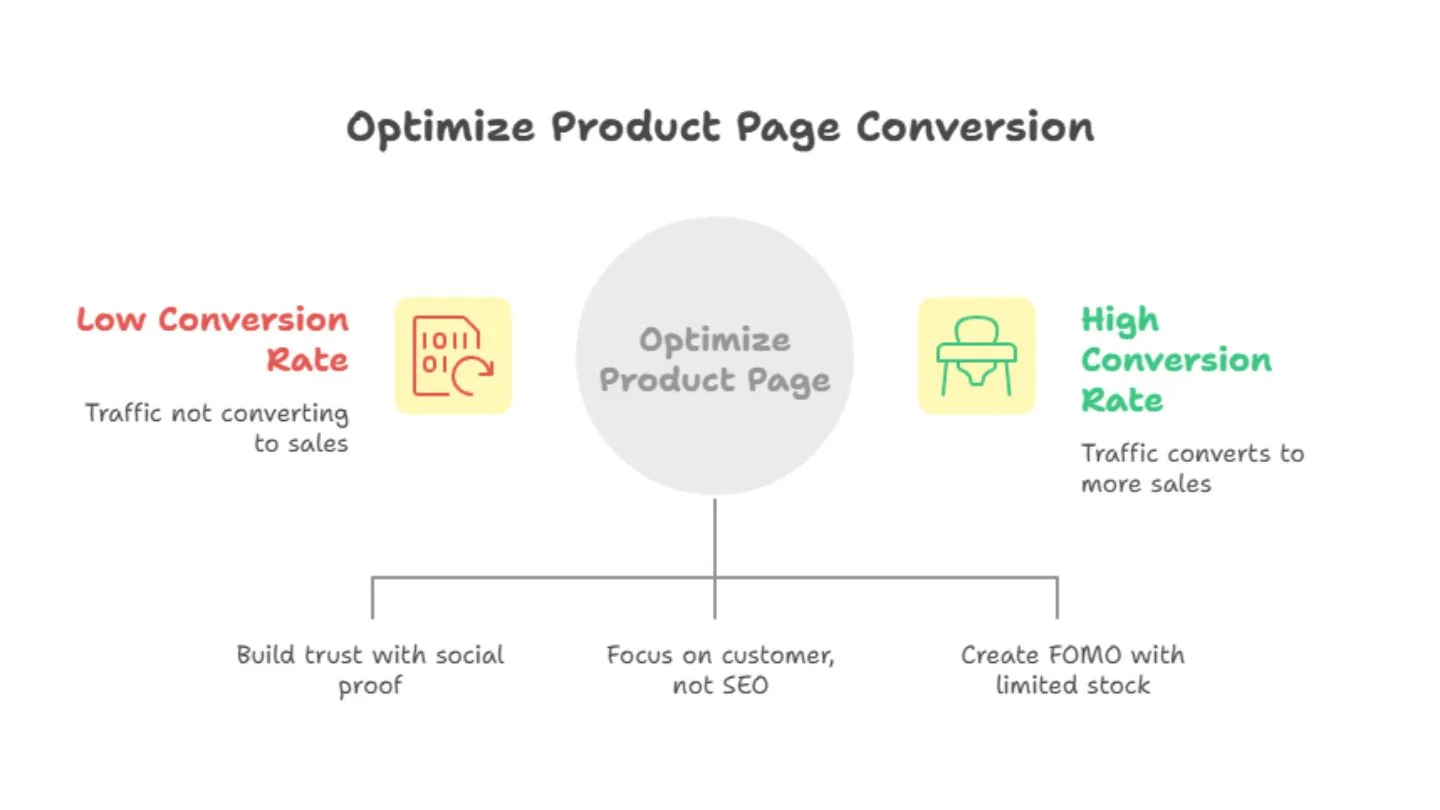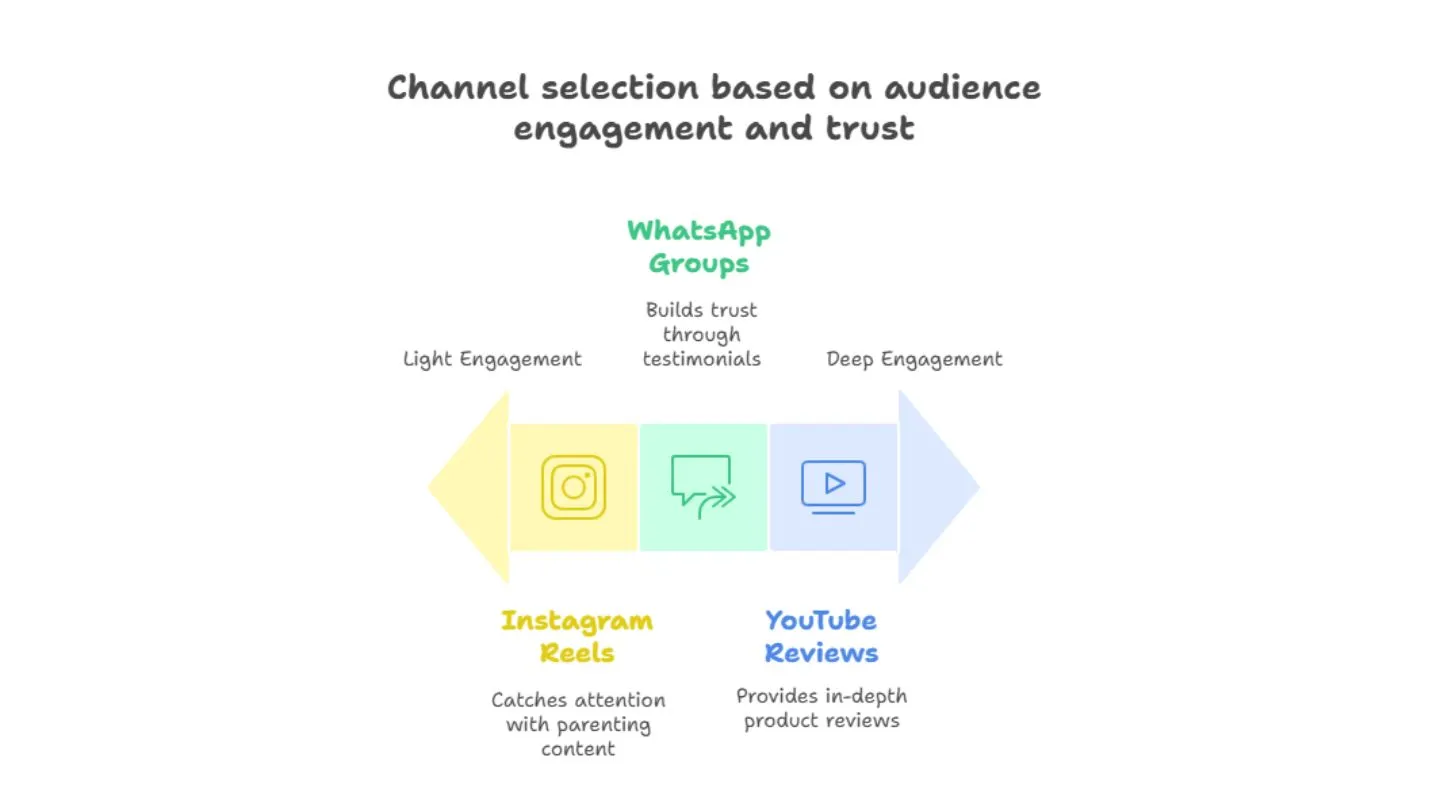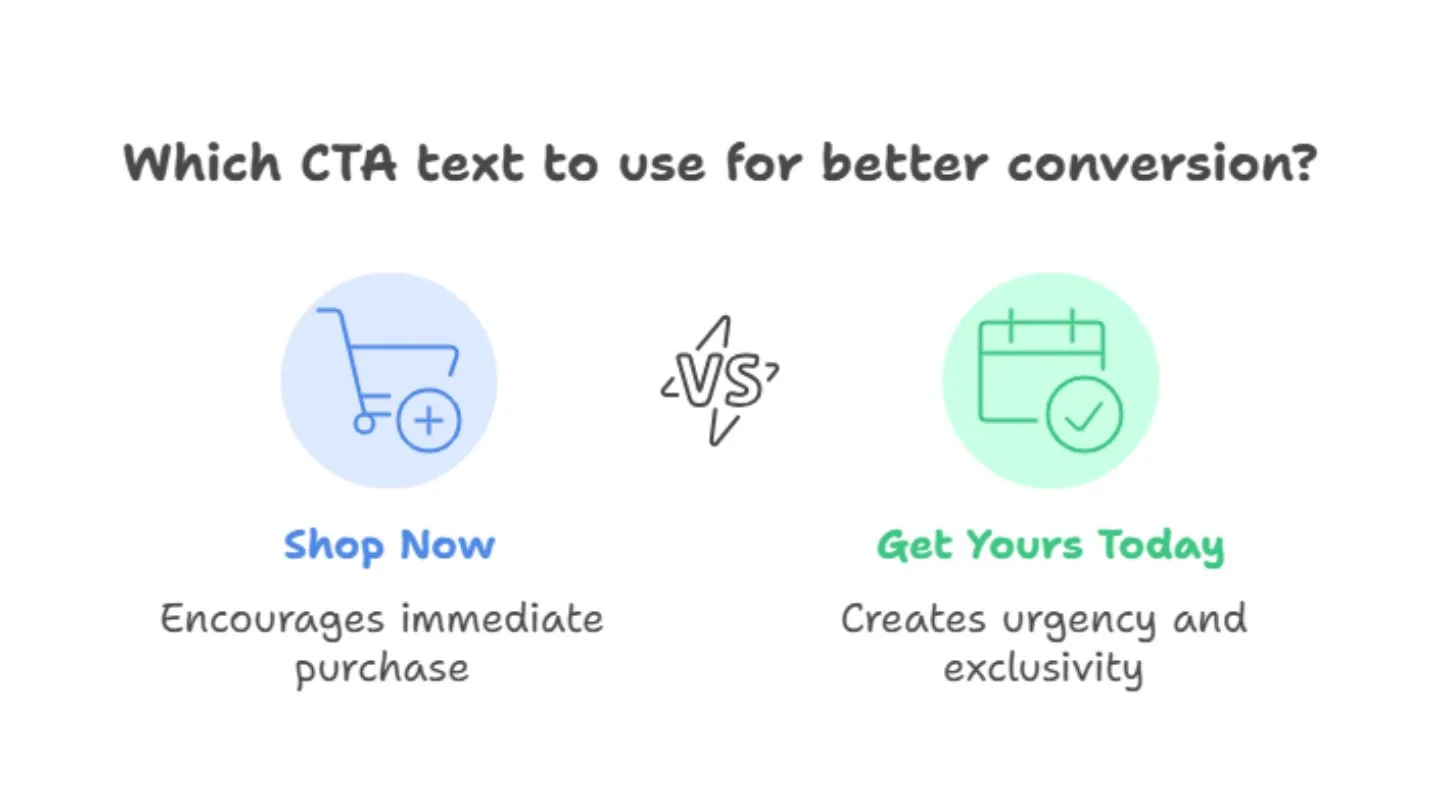Let’s say you’ve launched your D2C brand.
The product’s ready. Shopify is live. Maybe your cousin helped you shoot a few reels. You’ve even done a small paid ad test.
But now the reality sets in, your budget isn’t endless.
You don’t have lakhs (or thousands of dollars) to pour into Facebook ads hoping one will work. You’re bootstrapping. Every rupee (or dollar) counts.
Here’s the good news: Many D2C brands grow not with huge spends, but with clarity, scrappiness, and systems.
In this guide, we’ll break down how to scale your D2C brand without burning through your ad budget, based on what we’ve seen work (and fail) for emerging brands at CustomFit.ai.
People don’t buy just products. They buy outcomes, identities, feelings.
You're not selling a face serum. You're selling clearer skin—and maybe even self-confidence.
You're not selling protein powder. You're selling strength, control, discipline.
What to do:
Most D2C brands skip this step. Then they wonder why ads don’t work or why visitors bounce.

Here’s an uncomfortable truth: Most small brands don’t have a traffic problem. They have a conversion problem.
Your product page should sell like your best salesperson. But often, it’s doing the bare minimum.
Fix it:

Want to test if a new layout performs better? Tools like CustomFit.ai, one of the best AB testing apps for ecommerce businesses, allow you to run split tests on your store ( Shopify, WooCommerce, BigCommerce, Magento, Shoplaaza or custom-coded) product pages without a single line of code.
This is what landing page optimization should look like, real experiments, not guesswork.
Before you scale, build a small tribe who genuinely love what you’re making.
These are the people who will:
How to do it:
Word-of-mouth from your first few dozen customers can outperform ₹10,000 in ad spend.
You don’t need to be on every platform. You need to be present on the right one.
Ask yourself:

Example:
If you’re selling health supplements for new moms:
Choose one core channel for education (e.g., Instagram Reels) and one for trust (e.g., WhatsApp testimonials).
You don’t need influencers with millions of followers.
In fact, accounts with 1,000–10,000 followers often get better engagement. And they’re far more approachable.
How to do it:
These mentions stack up over time and help increase conversion rate through trust.
You don’t need more traffic. You need your current traffic to convert better.
The fastest-growing brands run small experiments weekly:

Use a Shopify AB testing app like CustomFit.ai to run these tests visually. It’s a no-code AB testing tool built for marketers who want results, not reports. You can set up tests in minutes and see what actually makes people click, scroll, and buy.
This is how to increase conversion rate with AB tests, not by overhauling everything, but by tweaking what matters.
If you have just ₹10K–₹15K/month, avoid broad cold audiences.
Instead:
These people already know you, your warm audiences. You don’t need to convince them, just nudge them.
Set a daily cap. Track ROAS closely. This is where split testing software for marketers becomes valuable. You’re not throwing darts in the dark. Don’t scale till you know it's working.
Before spending more on Meta or Google, make sure your free repeat traffic channels are working.
Start with:
These touchpoints bring people back, without spending a rupee.
And if they’re personalized or relevant, they’ll outperform your ads.
Before chasing 10,000 new customers, ask:
Loyal customers are the best growth channel. They:

Boost repeat sales with:
With CustomFit.ai, you can even show personalized homepages that say, “Welcome back! Still loving your [last product name]?”
That’s split testing for product pages that improves avg order value.
Likes and impressions feel nice. But they don’t pay the bills.
Every month, sit down and ask:
Then: double down on what’s working. Let go of what isn’t.
Most brands that scale lean not on volume, but on clarity.
How to run AB test data without being a data scientist? Use a step-by-step app split testing for conversions setup like CustomFit.ai. Let the results tell you what works.
Q1. How can I scale my D2C brand without spending much on ads?
You can scale your D2C brand by focusing on organic growth strategies like content marketing, email flows, community building, and customer referrals. Tools like CustomFit.ai help optimize your website for conversions so that even the traffic you already have works harder for you.
Q2. What are the best low-budget marketing strategies for a D2C brand?
Some of the most effective low-budget marketing strategies include starting a blog with SEO-friendly content, building a WhatsApp or email list, running customer referral programs, and collaborating with nano-influencers. These methods build trust and visibility without relying on high ad spend.
Q3. Is it possible to grow an eCommerce business with under ₹50K/$1K in ad spend?
Yes. Many successful D2C founders start by building a strong organic foundation. With careful content planning, A/B testing tools like CustomFit.ai, and a clear understanding of your customer journey, you can drive meaningful sales even with a limited budget.
Q4. What should I prioritise first: traffic or conversion optimisation?
Conversion optimization. There’s no point in pouring traffic into a leaky funnel. Start by improving your product pages, CTA buttons, and customer journey using data-backed experiments. Once your site converts better, even small traffic wins bring real results.
Q5. How can I use A/B testing without a tech team or developer?
Platforms like CustomFit.ai let you run A/B tests on your product page, homepage, or checkout flow, without writing a single line of code. You can test different headlines, images, button texts, and more to understand what makes your customers convert.
Q6. What’s the best way to increase conversion rate on my ecommerce store?
Start by improving your product pages through landing page optimization, A/B testing different CTAs, trust signals, and content above the fold. Use tools like CustomFit.ai for no code AB testing without needing a developer.
Q7. Is there a Shopify AB testing app that doesn’t require coding?
Yes, tools like CustomFit.ai offer a no-code AB testing app for ecommerce businesses, letting you test product page layouts, headlines, and even personalized content with a few clicks.
Q8. How do I do AB testing for ecommerce without hiring a team?
Use a best AB testing app like CustomFit.ai designed for marketers. It gives you step-by-step support to run tests, analyze results, and make changes, without needing a developer.
Q9. Can split testing improve average order value?
Absolutely. Split testing for product pages allows you to test upsells, bundle messaging, and layout changes that nudge customers to buy more, raising your AOV.
Q10. What’s a good affordable AB test app for small businesses?
CustomFit.ai is a solid pick. It’s affordable, requires no developer, and is designed for small D2C brands looking to increase conversion rate through experimentation.
Scaling your D2C brand with under ₹50K/$1K isn’t about shortcuts or hacks.
It’s about:
The brands that win aren’t always the ones that shout the loudest. Often, they’re the ones who listen best, and adjust fastest.
Tools like CustomFit.ai aren’t just a Shopify AB testing app. Whether it’s Magento AB testing or a how to A/B test product page design in app approach, testing gives you confidence, not just data.
We’re a partner in decision-making that helps you understand what your audience really wants, without needing a full tech team or a 6-figure ad budget.
Start small. Test fast. Talk to your customers often. And keep inching forward.
Scaling isn’t a sprint. It’s a series of smart decisions made every week.